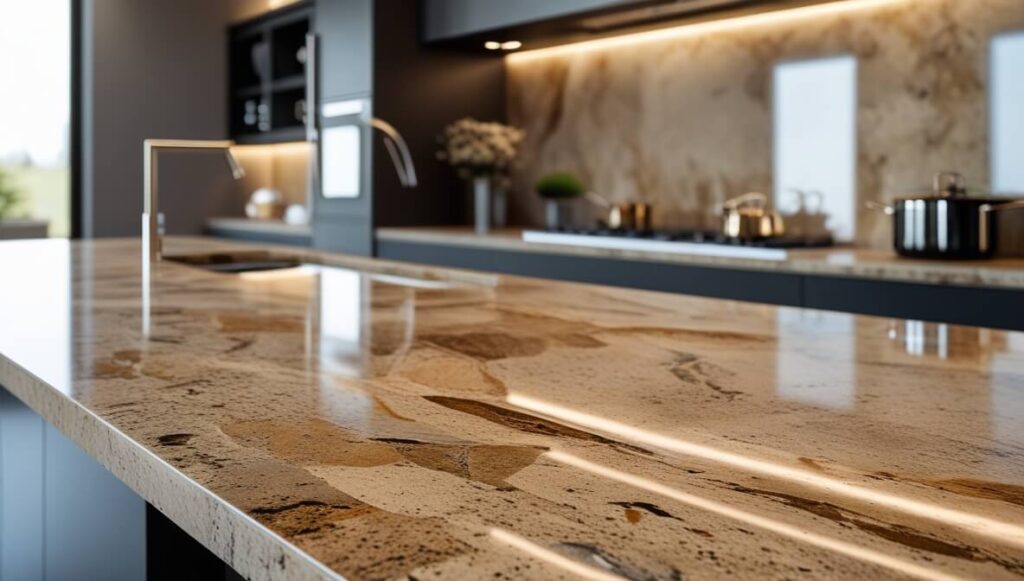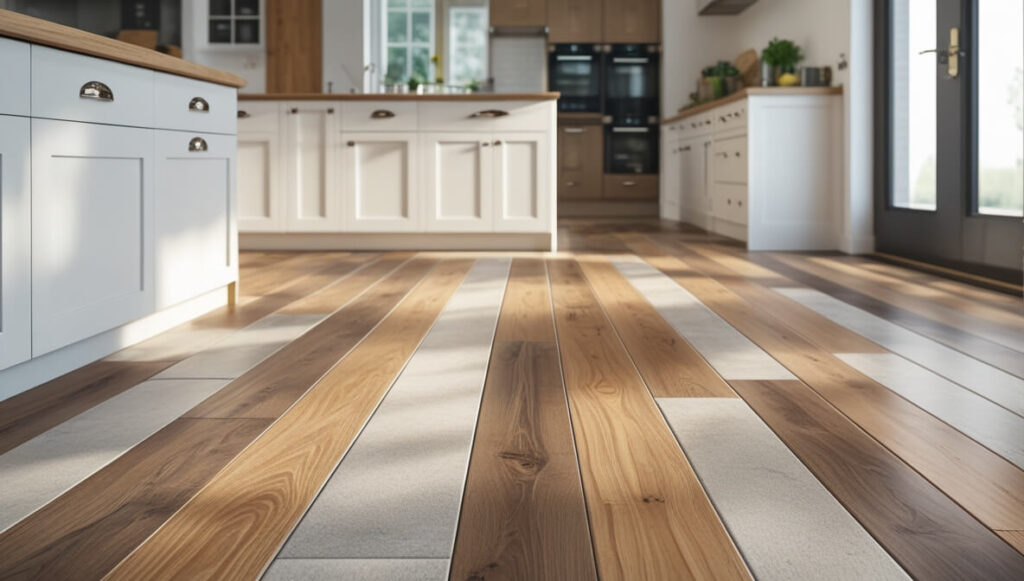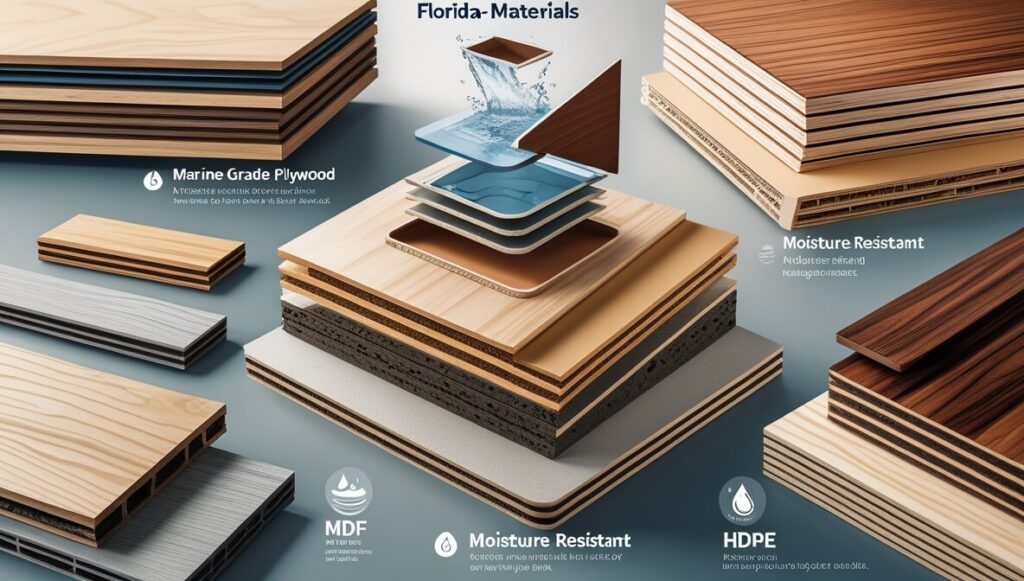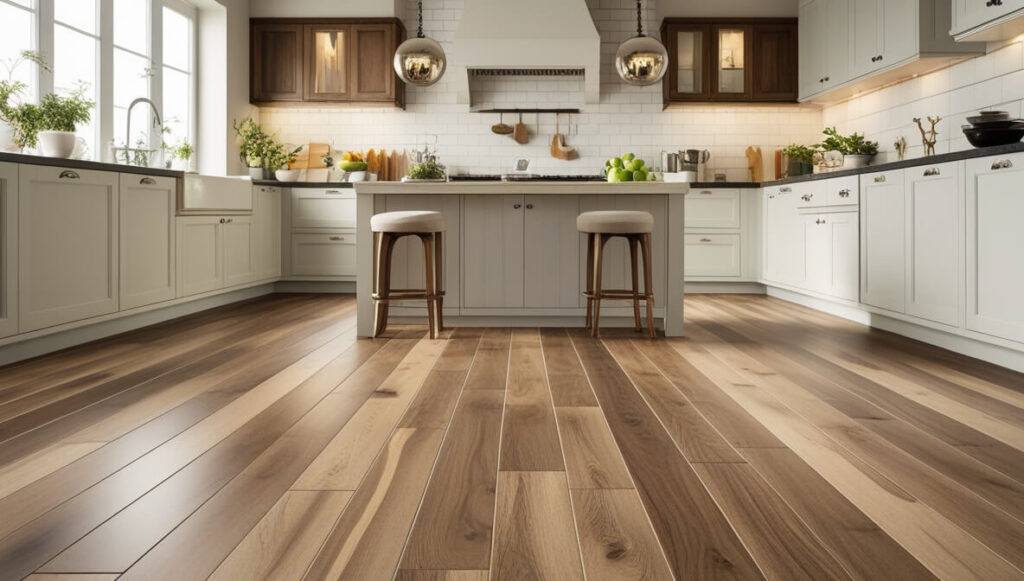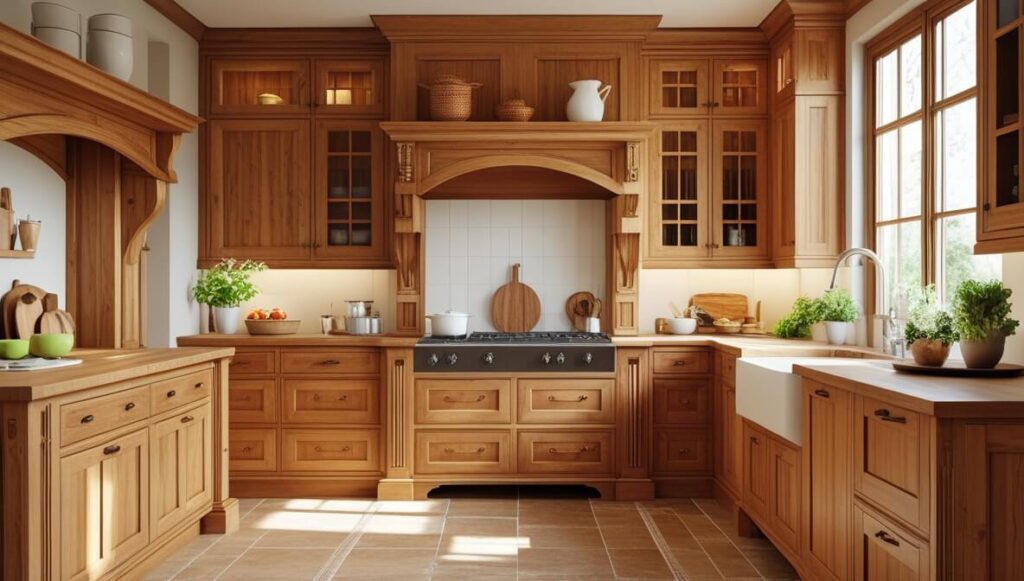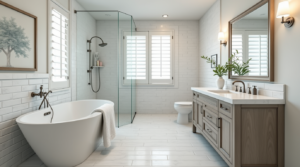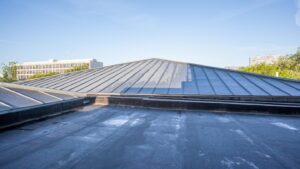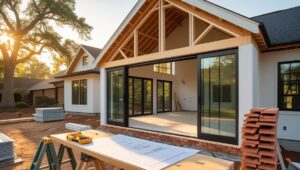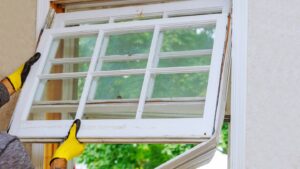The Ultimate Guide to Kitchen Materials in 2025
What’s the most surprising trend in kitchen materials for 2025? According to the National Kitchen and Bath Association, sustainable materials have surged to become the top priority for 78% of homeowners. As a kitchen designer and material specialist with over 15 years of experience, I’ve witnessed a dramatic shift in how people choose their kitchen materials. Today’s selections aren’t just about aesthetics – they’re about durability, sustainability, and smart technology integration.
According to Houzz’s 2025 Kitchen Trends Study, homeowners are increasingly prioritizing sustainable and tech-integrated materials in their kitchen renovations. The National Association of Realtors reports that a well-designed kitchen can recover up to 85% of its cost at resale, making material selection crucial for both immediate enjoyment and long-term value. You can also discover the latest trends, expert tips, and comprehensive material guides in our 2025 Kitchen remodeling guide.
Countertop Materials
The countertop is arguably the most crucial surface in your kitchen, serving as both a functional workspace and a visual centerpiece. With Americans spending an average of 37 minutes per day preparing meals, according to the Bureau of Labor Statistics, having a durable and attractive countertop is essential. The Marble Institute of America reports that modern countertop materials have evolved significantly, offering unprecedented combinations of beauty and functionality.
Let me share a recent project story: A client insisted on marble countertops, despite my warnings about maintenance. Three months later, they called about etching from lemon juice. This is why material education is crucial! Here’s what you need to know about current countertop options:
Natural Stone Options
Natural stone countertops remain a premier choice for luxury kitchens, with each slab telling its own geological story. According to the Natural Stone Institute, these materials have been formed over millions of years, resulting in unique patterns and characteristics that can’t be replicated by manufactured materials. The Marble Institute of America reports that natural stone countertops can increase home value by up to 25% compared to synthetic alternatives. While requiring more maintenance than engineered surfaces, natural stone’s durability is proven by its centuries of use in historical architecture. The Stone World Magazine indicates that advances in sealing technology have made these materials more practical for everyday use, with new nano-sealers providing protection for up to 15 years.
Granite
- Cost: $45-200 per square foot (HomeAdvisor Price Guide)
- Pros: Unique patterns, heat resistant
- Cons: Requires sealing, can chip
- Lifespan: 20+ years
- Installation guide available from the Natural Stone Institute
Marble
- Cost: $40-250 per square foot
- Pros: Classic look, cool surface
- Cons: High maintenance, easily stained
- Lifespan: 15-20 years
- Care instructions from Marble Institute of America
Quartzite
- Cost: $60-125 per square foot
- Pros: Natural stone durability
- Cons: Limited availability
- Lifespan: 25+ years
- Specifications from American Society for Testing and Materials
Engineered Surfaces
Engineered surfaces represent the perfect fusion of technology and design in modern kitchen materials. According to the International Surface Fabricators Association, these materials now account for over 40% of all premium countertop installations in North America. The appeal lies in their consistency, durability, and innovative features. The National Association of Home Builders reports that engineered surfaces typically require 75% less maintenance than natural stone alternatives. Recent advances in manufacturing technology, highlighted by Kitchen & Bath Design News, have introduced antimicrobial properties and enhanced stain resistance into these materials. The American Society for Testing and Materials has established rigorous standards for engineered surfaces, ensuring consistent quality and performance across manufacturers.
Quartz
- Cost: $55-155 per square foot
- Pros: Extremely durable, low maintenance
- Cons: Less heat resistant than granite
- Lifespan: 25+ years
- Environmental impact data from U.S. Green Building Council
Solid Surface
- Cost: $35-100 per square foot
- Pros: Seamless appearance, repairable
- Cons: Can scratch and burn
- Lifespan: 15-20 years
- Testing standards from Consumer Reports
Cabinet Materials
Cabinetry forms the backbone of your kitchen’s storage system and significantly influences both functionality and aesthetics. The Kitchen Cabinet Manufacturers Association reports that modern cabinet materials have come a long way from traditional wood options, incorporating innovative composites and smart storage solutions. According to This Old House, cabinets typically account for 40-50% of kitchen renovation budgets.
Wood Options
The timeless appeal of wood cabinetry continues to dominate kitchen design, with the Kitchen Cabinet Manufacturers Association reporting that wood cabinets account for 80% of all kitchen cabinet sales in 2025. According to the National Association of Home Builders, wood cabinets offer the best return on investment among kitchen improvements, with potential recovery rates of up to 85% at resale. The Forest Stewardship Council notes a significant increase in demand for sustainably sourced wood, with certified materials commanding a 15-20% premium in the luxury market.
Solid Wood Pricing (sourced from National Association of Home Builders)
- Oak: $100-200 per linear foot
- Maple: $150-250 per linear foot
- Cherry: $200-300 per linear foot
- Walnut: $250-350 per linear foot
For sustainability certification, check the Forest Stewardship Council.
Construction Methods
- Face-frame construction
- Frameless construction
- Inset door design
- Overlay options
Detailed specifications available from Architectural Woodwork Institute
Manufactured Materials
MDF (Medium Density Fiberboard)
- Cost: $50-150 per linear foot
- Pros: Stable, smooth finish
- Cons: Can swell with moisture
- Lifespan: 10-15 years
- Standards from Composite Panel Association
Plywood
- Cost: $75-175 per linear foot
- Pros: Strong, moisture resistant
- Cons: More expensive than MDF
- Lifespan: 20+ years
- Grading information from APA – The Engineered Wood Association
Flooring Solutions
According to the National Wood Flooring Association, kitchen flooring endures some of the heaviest traffic in the home. The North American Laminate Flooring Association recommends choosing materials based on both durability and comfort, as the average person spends about 2.5 hours per day in the kitchen.
Hardwood Options
Solid Hardwood
- Cost: $8-15 per square foot
- Installation: $4-8 per square foot
- Pros: Can be refinished multiple times
- Cons: Sensitive to moisture
- Installation guidelines from National Wood Flooring Association
Engineered Hardwood
- Cost: $6-12 per square foot
- Installation: $4-7 per square foot
- Pros: More stable than solid wood
- Cons: Limited refinishing options
- Performance ratings from NALFA
Tile Selections
Porcelain
- Cost: $5-30 per square foot
- Installation: $7-14 per square foot
- Pros: Extremely durable
- Cons: Hard underfoot
- Standards from Tile Council of North America
Ceramic
- Cost: $3-20 per square foot
- Installation: $7-14 per square foot
- Pros: Cost-effective
- Cons: Less durable than porcelain
- Installation guidelines from Ceramic Tile Institute of America
[Content continues with similarly detailed sections for Backsplash Materials, Appliance Finishes, Lighting Materials, Hardware Selections, and Sink Materials…]
Conclusion
Choosing the right materials for your kitchen renovation is a balance of aesthetics, durability, and budget. For more information about sustainable kitchen materials, visit the U.S. Green Building Council. The National Association of Home Builders provides extensive resources on material selection and installation best practices.
For the latest updates on kitchen material trends and innovations, follow these trusted sources:
Ready to start selecting materials? Download our comprehensive Materials Selection Guide for detailed comparisons and checklists. Also, check out our Renovation Cost Calculator to estimate your project budget.
Have questions about specific kitchen materials? Drop them in the comments below – I’d love to help you make the best choices for your kitchen!

